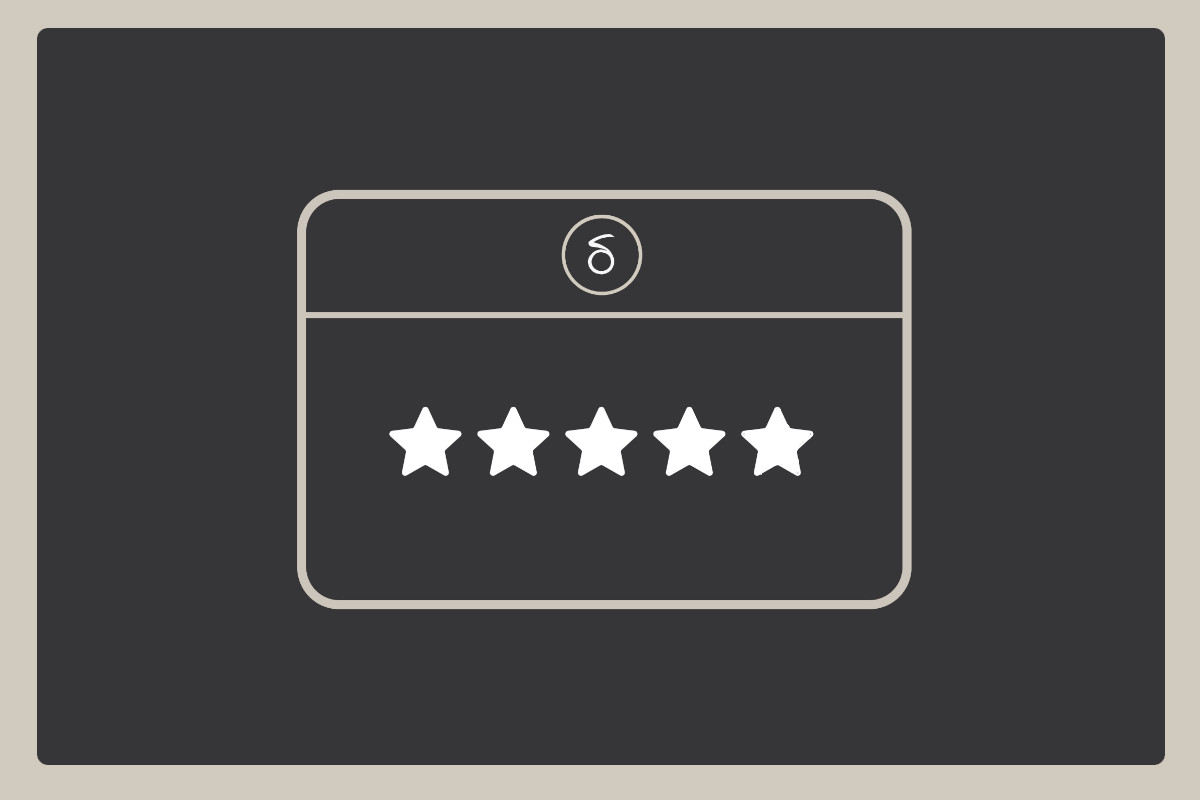5 Key Elements That Take A Small Business Website From Good To Great
Throughout my time working online the past 16+ years now, having a website went from a “nice-to-have” to “must-have” for most small businesses I’ve worked with.
For many of them, I was their introduction to the digital world, helping them put together – and improve – their websites through search & social over their time in business (many still to this day).
While many things have changed over my time working online, there are some evergreen elements that will almost always be important – and can take your small business website from good, to great.
1. A Sound Technical Foundation
There has never been more options for building websites than there are currently.
From standard, run-of-the-mill website builders to more feature-rich Content Management Systems, like WordPress – small business owners can choose to build their websites on any number of platforms.
Whichever platform you decide to have your website built on, make sure that the technical foundation is strong.
Some common technical areas include: hosting stability, load time, security, device adaptability (mobile, desktop, tablet), form & link testing – among many others.
Many of these areas may require someone with a bit more technical expertise to help you identify weaknesses (this is collectively known as a website audit – that may include more of the elements below as well), but without a strong technical layer in place, the experience your customers have with the rest of the website elements below will be degraded.
2. A Consistent Theme (Focus)
“Theme”
Theme is something that may sound vague, but is actually pretty simple.
A theme is just a specific subject or topic.
While what can be included in a theme can range, it’s essentially what your website is about (and who it’s for).
Defining the theme of your website and not straying away from it (keeping it focused and consistent), makes it a guiding light for building out the rest of your website.
Subtopics may exist within the main topic of your website (say “interior painting” as a subtopic of “house painting” for example), the point is that by keeping within the boundaries of your overall theme, it helps your customers understand what they can expect from your website – and, perhaps more importantly, what not to expect.
3. Organization & Clarity
With your overall theme in place and boundaries setup for your entire website, you can now get a bit more granular and look to organization & clarity.
Having a well-organized site helps on many different fronts (including in the organization layer described in this blog), allowing users to know where to find important pages of your website.
Once organized, you’re going to want to give each page a purpose (or reason it’s on your site) — and you do this through clarity.
Clarity about what each page is about and what its purpose is, makes your website easier to understand on a page-by-page level – and gives users an honest expectation of what those pages are intended for.
4. Professional Creative Assets
Creative assets include text (known as website copy), photos, videos, graphics and other design elements, among others.
While some creative assets can be created yourself, you’re going to find that the best small business websites will have professional creatives behind them – photographers, videographers, graphic designers, human content writers, etc.
5. Expertise & Trust Signals
Last – but certainly not least – the best small business websites will weave in expertise and trust signals.
Adding industry associations/accreditation (like the BBB), organizations you’ve worked with (or for), customers/client reviews, case studies, a professional up-to-date blog and other valuable resources can give your small business website credibility – and something even more important: communicating trust.
A Focal Point For Your Digital Marketing
In many ways, your website is the most important cornerstone of your collective digital marketing efforts.
It provides a home for your most important digital assets, a place users can visit on their own or be directed to through progressive steps from search, social and email and – most important – your very own piece of the Open Web.
So, don’t just “have a website” – have one your customers will honestly love, and will want to come back to again (and tell others about).

